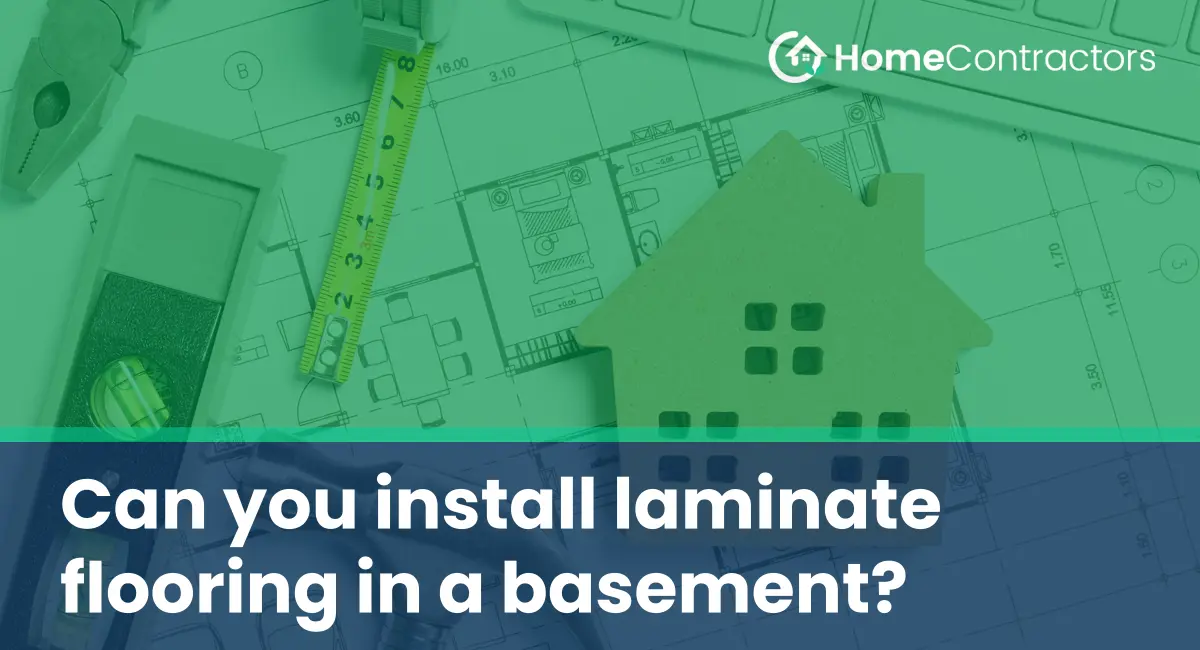When it comes to basement flooring options, many homeowners consider laminate as a viable choice. Laminate flooring offers a budget-friendly alternative to traditional flooring materials, such as hardwood or tile. However, basements present unique challenges due to their susceptibility to moisture and potential water damage. In this article, we will explore whether or not laminate flooring is a suitable option for basement installations.
Understanding Laminate Flooring:
Laminate flooring is a multi-layered synthetic flooring product, designed to mimic the appearance of natural materials such as wood or stone. It typically consists of a core layer of high-density fiberboard (HDF) or medium-density fiberboard (MDF), topped with a photographic layer and a protective wear layer. Laminate planks are available in various styles and designs, making it a versatile choice for any room in your home.
Factors to Consider:
Before deciding to install laminate flooring in your basement, it’s essential to consider several factors that may affect the performance and durability of the floor.
1. Moisture:
Basements are notorious for their high humidity levels and moisture-related issues, such as flooding or water seepage. Moisture can damage the core layer of laminate flooring, leading to warping, buckling, or mold growth. Determining the moisture level in your basement is crucial before proceeding with the installation.
2. Subfloor Preparation:
Proper subfloor preparation is critical for success when installing laminate flooring in a basement. Any existing moisture issues should be addressed, and the subfloor should be level, clean, and dry. A vapor barrier, such as a plastic sheet or underlayment with built-in moisture protection, can help prevent moisture from reaching the laminate boards.
3. Installation Method:
There are two common methods of installing laminate flooring: floating and glue-down. Many homeowners prefer the floating installation method, where the planks are not glued or nailed down but rather interlocked together. This method allows for the expansion and contraction of the laminate, which is crucial in basements where moisture and temperature fluctuations are common.
However, some professionals recommend using glue-down installation in basements for added stability and moisture resistance. Should you decide on this method, ensure you choose a laminate flooring product specifically designed for glue-down installations.
Waterproof Laminate Options:
To combat the potential moisture-related issues in basements, manufacturers have introduced waterproof laminate flooring options. These laminates feature improved water resistance due to advancements in design and technology. Waterproof laminate typically includes extra layers, such as an impervious core or waxed edges, to provide enhanced protection against moisture.
Although waterproof laminate can be a great solution, it is important to note that no flooring material is completely impervious to water damage. In extreme cases of basement flooding or persistent moisture, even waterproof laminate may be prone to issues.
Consider Professional Installation:
Given the complexities of installing laminate flooring in a basement, it may be worth considering professional installation. Experienced flooring contractors possess the necessary expertise to assess the moisture conditions, address subfloor issues, and ensure proper installation techniques. This can help increase the longevity and performance of your basement laminate flooring.
While laminate flooring is a popular choice for homeowners, considering its affordability and versatility, installing it in a basement requires careful evaluation of moisture levels, subfloor preparation, and overall suitability. With appropriate precautions, such as moisture barriers and proper installation methods, laminate flooring can be successfully installed in a basement. However, it is essential to remember that ongoing maintenance and proactive measures are necessary to prevent any potential water damage and ensure the long-term durability of the flooring.
